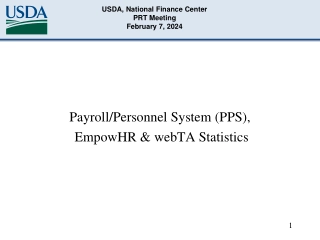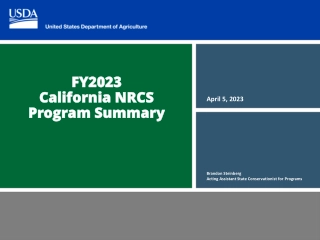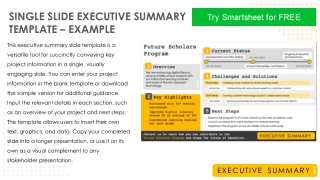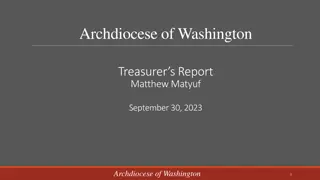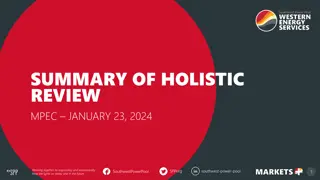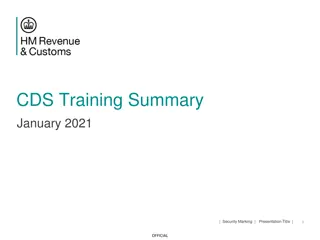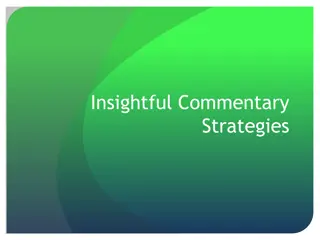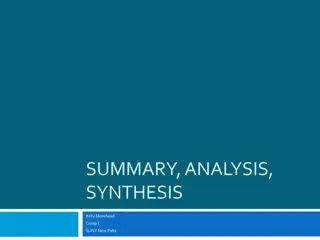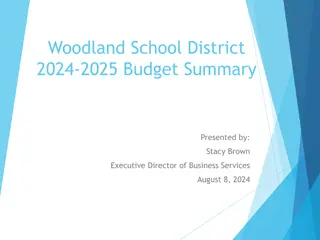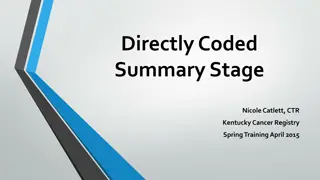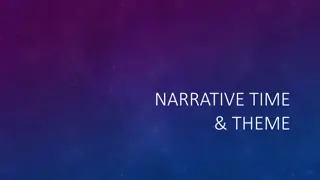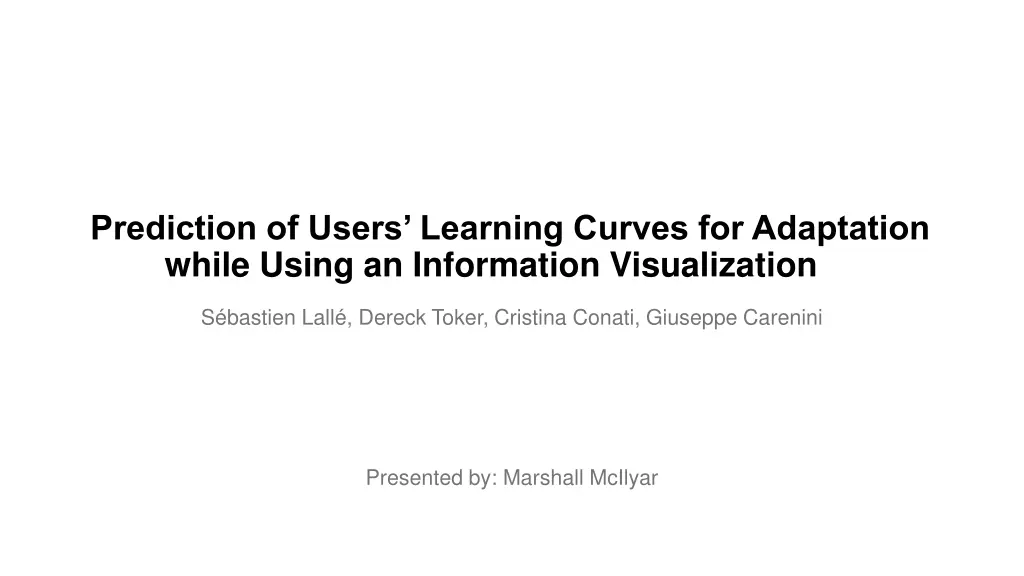
Predicting User Learning Curves in Information Visualization Studies
Comparing models using various data sources to predict users' skill acquisition in real-time while learning to use visualization tools like ValueChart. Techniques include observing past performance, eye tracking, pupil dilation, and historical data on cognitive abilities and personality traits.
Download Presentation

Please find below an Image/Link to download the presentation.
The content on the website is provided AS IS for your information and personal use only. It may not be sold, licensed, or shared on other websites without obtaining consent from the author. If you encounter any issues during the download, it is possible that the publisher has removed the file from their server.
You are allowed to download the files provided on this website for personal or commercial use, subject to the condition that they are used lawfully. All files are the property of their respective owners.
The content on the website is provided AS IS for your information and personal use only. It may not be sold, licensed, or shared on other websites without obtaining consent from the author.
E N D
Presentation Transcript
Prediction of Users Learning Curves for Adaptation while Using an Information Visualization S bastien Lall , Dereck Toker, Cristina Conati, Giuseppe Carenini Presented by: Marshall McIlyar
Goal of the Paper GOAL: The goal of this paper is to compare the performance of models that leverage these various data sources, as well as basic information on past task performance, to predict users' skill acquisition in real-time. LONG TERM IDEA: adapt visualization tools based on predicted learning curves of the user in real time NOTE: can we predict a user s learning curve while a user is learning to use a visualization tool like ValueChart?
Learning Curves Initial level of expertise Rate of learning over time For this study: it relates to InfoViz, meaning the learning curve of someone acquiring visualization skills
How does this paper model learning curves? Legacy: Observe past performance Novel: 1. Eye tracking 2. Pupil dilation 3. Historical data on Cognitive abilities and personality traits
Related Work >used learning curves as a metric for evaluating a tool s ability. >used in education based on results >used for skilled and unskilled use >gaze and pupil data shown to have success in modelling user abilities during problem solving BOTTOM LINE: related works don t develop a continuous, predictive learning curve model
Value Chart >visualization that helps users select the best option out >alternatives on the left >metrics on the top >crossbar contains how well an alternative performs for a given metric >far right is cumulative performance
Study construction >users must solve tasks >vertical and horizontal Value Chart layouts >40 total tasks (5 types, 4 repetitions, 2 layouts) >20 total tasks per layout >eye tracker for gaze tracking >eye tracker for pupil dilation measuring
Novel Learning Curve Parameters 1. Gaze Pattern Where the user fixates their gaze How long do they look there 2. Pupil Size Percentage change in size measured 3. Long Term Characteristics Perceptual speed Verbal working memory Visual working memory
Prediction models Task performance metrics >response time and accuracy as a base model Machine Learning Metrics > each novel learning curve parameter then measured individually > machine learning uses existing datapoints to predict new ones
Learning Curve Construction > power law often used for curve fitting: ? = ? ?? > Y is performance. > X is input data > a is base knowledge and b is learning rate >task independent & task dependent >task dependent favored in study because it had a better fit
Results QUALITATIVE > combining all 3 novel learning curve parameters was best > prior task performance performed the worst > this is true for both intercept and slope of learning curve > all 3 individual metrics are better than or equal to baseline QUANTITATIVE > 70% accuracy in predicting a slow or fast learner after only 4 trials > 80% accuracy after 20 trials
Conclusion Adaptive technology is key to helping people become proficient with digital skills like Infoviz proficiency One way to adapt technology to a user s skills is to predict their learning curve This study found that user traits, gaze analysis, and pupil dilation can predict a user s learning curve It s feasible to tweak InfoViz software to fit a learner s needs


